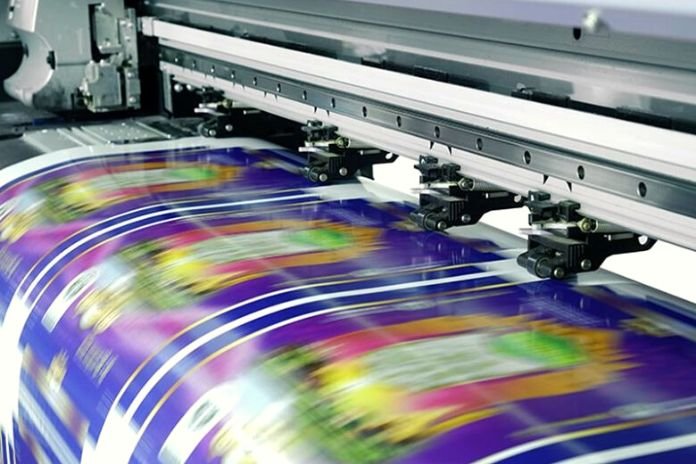What Technological Innovations For Printing?
With the paperless trend, the decline of the physical medium, and the digital transformation of companies… printing seemed to have a bleak future. This was without counting the arrival of technological innovations that gave the printing and multifunction systems a central place in the company’s life. This article offers an overview of the latest innovations you can now rely on for your multifunction printers.
Cloud Printing: Complete Connectivity
Multifunction printers are connected: to cloud servers, EDM, electronic archives, etc. they make it possible to directly edit the documents stored on these platforms or, conversely, to dematerialize paper documents and then classify them digitally. These connectivity capabilities make the multifunction printer a key piece in the dematerialization and automation of business processes: sales administration, financial operations, HR or legal procedures, etc.
These workflows make it possible to speed up and make processing more reliable of these documents. They facilitate the circulation of information in the company, particularly if they are associated with optical character recognition (OCR) technologies, which make it possible to process the information in the documents intelligently.
Mobile Printing: A Response To New Work Organizations
In addition to connectivity to cloud applications, multifunction systems (MFPs) have opened up to wireless technologies (Bluetooth, NFC, Airprint, wifi, etc.) to become more accessible from any terminal and adapt to mobility needs. Users and new working practices.
Whether it’s a salesperson on the move, an intervention technician, or an employee who works indiscriminately on a smartphone or desktop, the possibility of printing from his mobile terminal constitutes a real gain in productivity and efficiency.
These dedicated mobile printing solutions guarantee excellent data security and confidentiality. Indeed, they make it possible to restrict external access to the company’s network and avoid all attempts at anarchic connections that are a source of malfunctions.
Advanced Security Features To Protect Data
With access control solutions or automatic data encryption, MFPs embed all the technologies necessary to protect the information and data they process and guarantee the integrity of the IT infrastructures they connect. NFC authentication, access by password or PIN code, and network filtering make it possible to control access to documents and peripherals rigorously and to offer personalized access to employees.
In addition, the encryption protocols guarantee optimal security against data theft and meet certain administrations’ requirements or sensitive industries’ requirements. These technologies help companies comply with the GDPR and guarantee the confidentiality of all their data.
Quality And Speed Of Document Processing
Printing and scanning technologies are also constantly evolving. Today, they make it possible to produce high-quality documents with ultra-high yields, even for large volumes. The objective is the search for ever higher productivity. These performances are based, in particular, on ever-increasing loading capacities, a scanning speed of around 240 pages per minute, print resolutions that reach 1200 dpi, etc.
Reprint Technologies
The ecological footprint and the costs related to printing are at the heart of manufacturers’ concerns. Recent innovations make it possible to rethink the use of paper and ink to offer reprint: reusable paper, ultra-violet printing processes, and erasable inks… the MFP remains the ally of employees’ productivity while reducing the consumption of consumables and the production of waste.
Tablets To Better Manage Your Printing
Another source of waste reduction is the progress made by MFP tablets. Larger screens with better resolution for previews and advanced previewing of documents. No more unnecessary printing or scanning, extra pages; the tablets allow you to precisely select the pages or parts of the paper to be edited or to modify the work (rotation, change of page order, zoom, etc.).
Although they offer more and more advanced features and settings, tablets are also increasingly intuitive and customizable. They adapt to uses to provide the right functionalities for quick access and remove those that are not necessary. Programming options also make it possible to transform complex procedures into tasks executed at the touch of a button. Here again, tablets promote use, simplicity, and productivity.
Conclusion
Printing constantly innovates to meet business challenges: productivity, cost reduction, dematerialization, etc. Multifunction printers thus remain an essential work tool for all employees and offer increasingly comprehensive services adapted to each business. MFPs will persist in the corridors of our companies and continue to punctuate our days.
Read Also: VMworld 2022, All The News Of The Intelligent Cloud
Share this content:











Post Comment